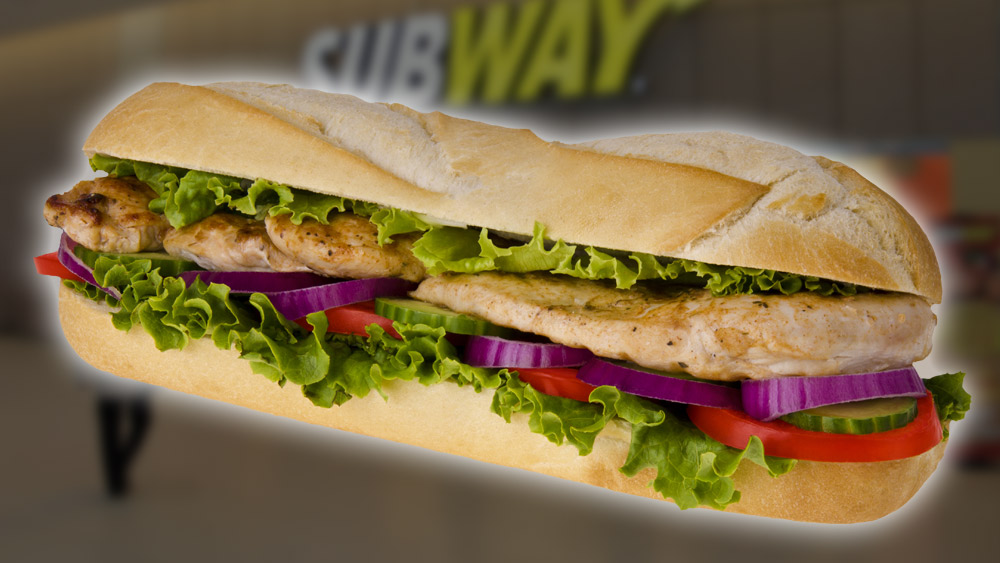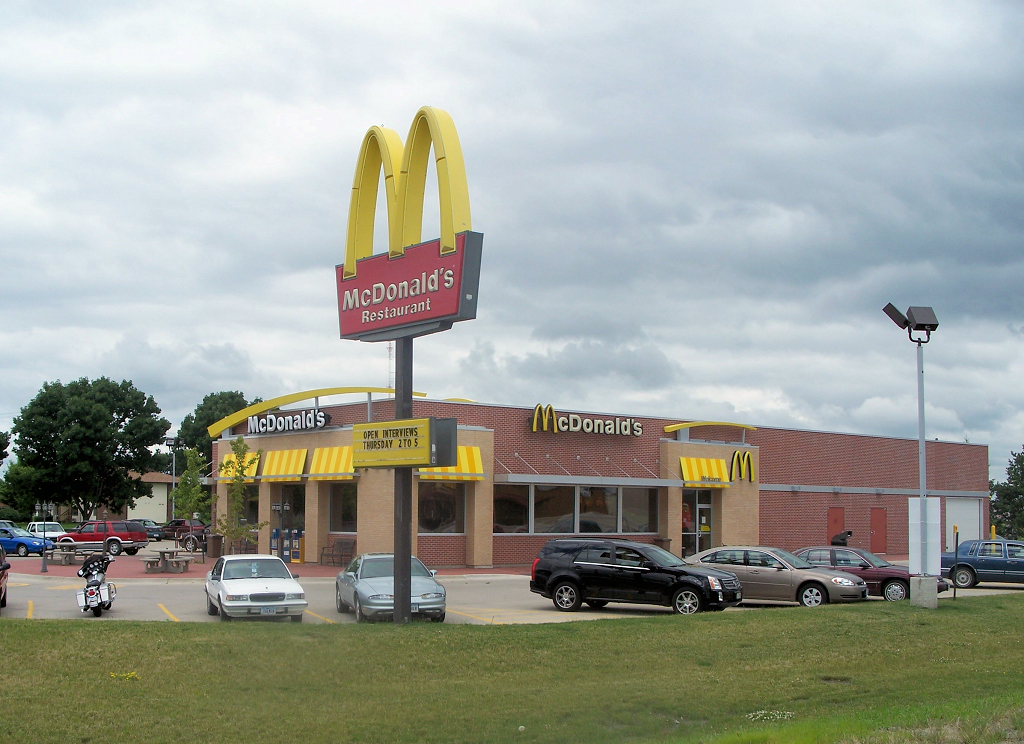
In recent years, however, cracks have begun to show in the façade of the Subway group, and many have been left wondering whether the end might be in sight for this once-booming enterprise.
Grub Street reported recently that the chain’s traffic has dropped by an astounding 25 percent in the past five years, and the company was forced to close 909 of its locations in 2017 – a 3 percent drop in its total number of U.S. outlets.
The company has instituted several measures to try to turn the situation around, including a total store revamp labeled “Fresh Forward.” CNBC reported that for the first time in two decades, the chain is overhauling its image with “brighter colors, sleeker furniture and better lighting.”
"It's not cluttered," noted Trevor Haynes, Subway's vice president of operations. "And I think that's what people are looking for, they are looking for simplicity."
In another desperate attempt to increase traffic, the company is also reintroducing a promotion that last saw the light of day a decade ago: sandwiches for just $4.99.
Franchisees, however, are not in favor of the plan at all, calling it “customer charity,” and noting that while it may have been feasible 10 years ago, the numbers simply don’t work anymore.
Keith Miller, who owns three Subway franchise stores in Northern California, recently told the LA Times that a single sandwich costs him well over $4 to produce. That includes $2 for ingredients alone, and then he has to cover the costs of electricity, gas, labor, rent, credit card fees and royalties. (Related: Subway under fire for paying pittance wages to employees.)
As fast-food chains across the country have slashed menu prices to revive flagging sales, a growing rift has emerged between some name-brand corporations and the local operators who run their outlets.
For years now, the retail industry has been shaken by giant companies that have been able to keep prices low, wooing consumers but squeezing suppliers and smaller competitors. But in the restaurant business, the push to keep prices low has pitted corporate headquarters against individual outlet owners — all operating under the same brand.
While the downturn in sales and traffic is a problem that all U.S. fast food outlets are dealing with, Subway does seem to be harder hit than most other outlets. (Related: Discover why "real" food is better than fast food at fresh.news.)
Subway is in serious trouble.
The world's largest restaurant chain is being left behind as consumers seek healthier, fresher food and as competitors offer them better options. Franchisees are protesting its promotions, and some are complaining about the quality of its products.
The chain is also struggling with oversaturation and internal conflict, making a quick turnaround difficult and more store closures likely in 2018.
Franchisees told Business Insider that many more stores are likely to close in the near future, with as many as a third of branches across the country no longer being profitable.
In an unprecedented move for the fast food industry, franchisees have begun an “uprising” to protest the reintroduction of the $4.99 sub, insisting that such substantial discounts will cut too deeply into the company’s already shrinking profit margins.
Over 900 franchisees in 39 states have signed a petition requesting that Subway withdraw the deal, however the company is steadfastly insisting that the majority of franchisees are happy with the deal, and that business owners can choose to opt out if they prefer. (Related: Subway restaurant chain to remove yoga mat chemical from sandwiches thanks to grassroots activism.)
Of course, the chances that a Subway outlet that refuses to offer the $4.99 deal will thrive while others embrace the value menu are slim at best. Follow more news about the fast food industry at FastFood.news.
Sources for this article include:
Please contact us for more information.






















